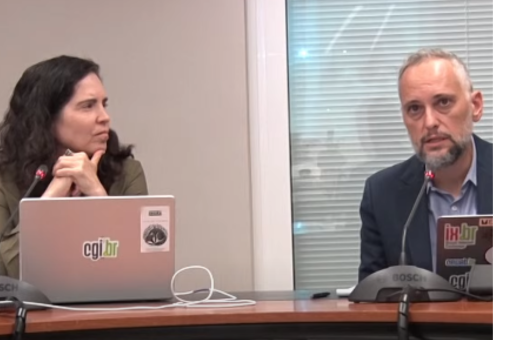
The Brazilian Internet Steering Committee published a report on the payment for journalistic content by digital platforms. The study traces an overview of the Brazilian debate and identifies the positions of the actors involved, as well as discusses regulatory frameworks in other countries.
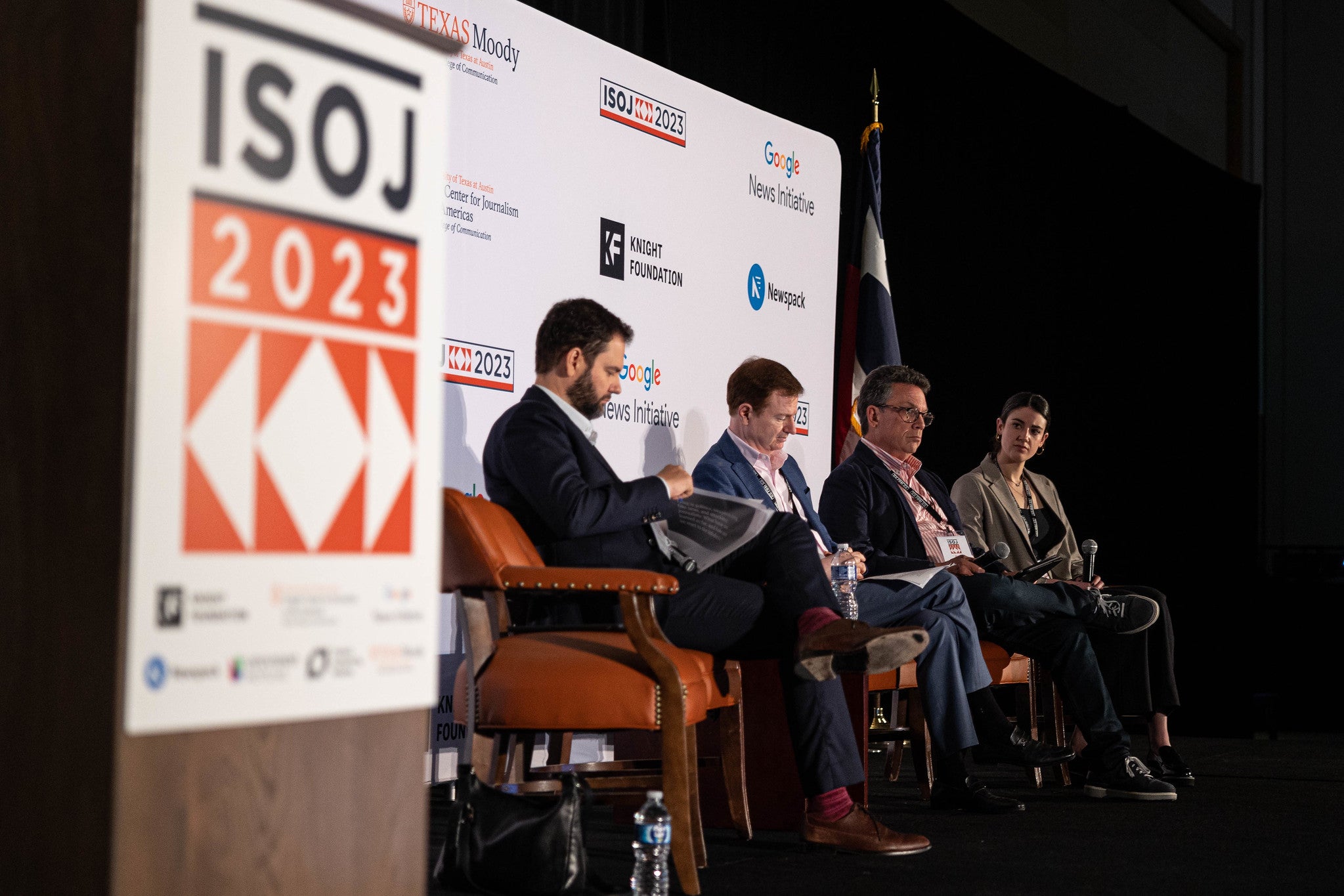
Glenn Kessler, chief fact checker at the Washington Post, Khaya Himmelman, a political misinformation reporter, Bill Adair, the founder of PolitiFact and Sérgio Dávila, editor-in-chief of Brazillian newspaper Folha de S.Paulo spoke on a panel about fact checking and misinformation in hyperpolarized times moderated by Anya Schiffrin of Columbia University.
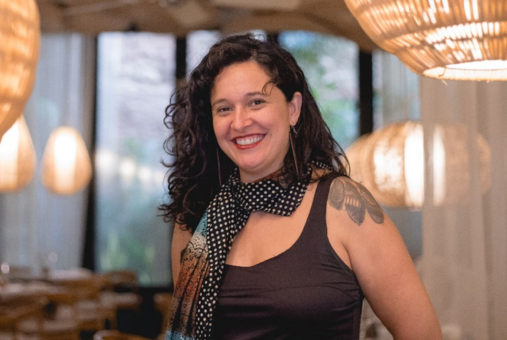
In an interview with LJR, AJOR’s president, Natalia Viana, explains a new proposal to promote journalism sustainability. The proposal would change the Fake News Bill, which is currently being discussed in Brazil's Congress. The association's stance on the proposal differs from that of large media groups in the country.

A new website launched by the Brazilian federal government with the official purpose of fighting disinformation through the use of language appropriate to fact-checking initiatives has prompted criticism from independent verification professionals and agencies, which see an undue appropriation of its format — which is, by principle, impartial and nonpartisan.
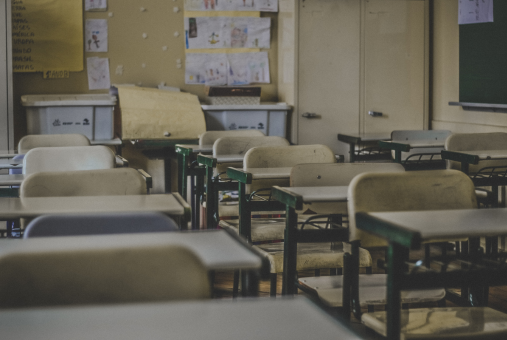
The attack by a 13-year-old student at a school in São Paulo has revived debate in Brazil about the impact of news coverage on this type of violence. The Association of Education Journalists (Jeduca) brought together experts to advise on how to carry out responsible coverage, in order to prevent the proliferation of such attacks.
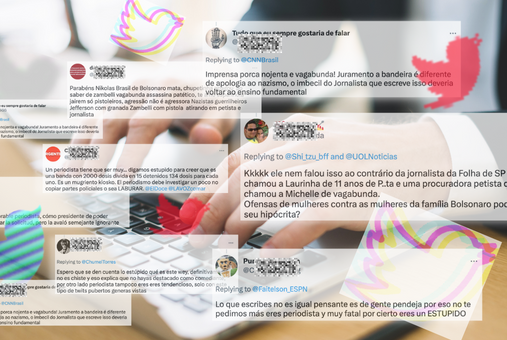
"Attack Detector" is a natural language processing model developed by members of Abraji and Data Crítica in order to explore the origin of violent narratives on Twitter against journalists in Brazil and Mexico, countries where such attacks are on the rise.
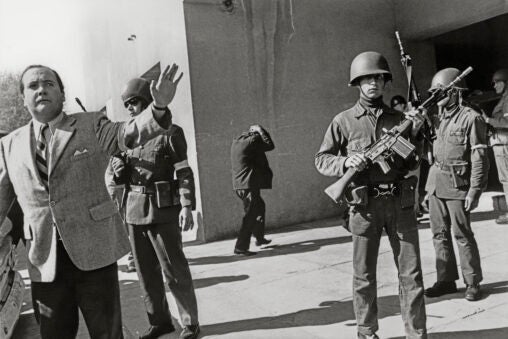
Exhibition in São Paulo presents previously unpublished photographs by Brazilian photojournalist Evandro Teixeira during the first days of the Augusto Pinochet dictatorship in Chile, among others. The exhibition prompts a reflection on the role of the press and photography in authoritarian contexts.

Brazilian researchers analyzed news headlines about false statements by Jair Bolsonaro on COVID-19 in 2020, and in 60% of the cases the then-president's lines were just reproduced, without contextualization or correction. Researcher Marilia Gehrke spoke to LatAm Journalism Review (LJR) about how this practice contributes to misinformation and undermines journalism’s credibility.

Journalist Hélio Doyle has been appointed to lead the reconstruction of Brazil’s Public Communication Company (EBC, by its Portuguese acronym) after six years of neglect and censorship under the governments of Michel Temer and Jair Bolsonaro. Doyle spoke about how journalism will be "a flagship" in public communication made by the state-owned company.
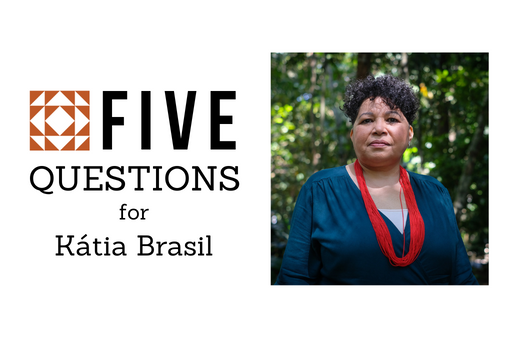
Brazilian journalist Kátia Brasil has 37 years of professional career and 33 years in the Amazon. For 10 years, she has been dedicated to covering the region at Amazônia Real, of which she is co-founder and co-director. She talked to LatAm Journalism Review (LJR) about the challenges of investigative journalism focused on the Amazonian peoples.

Journalists in Latin America have found in true crime podcasts an ideal platform for bringing investigative reporting on real crime to new audiences. However, journalists still face major challenges in terms of distribution and monetization.
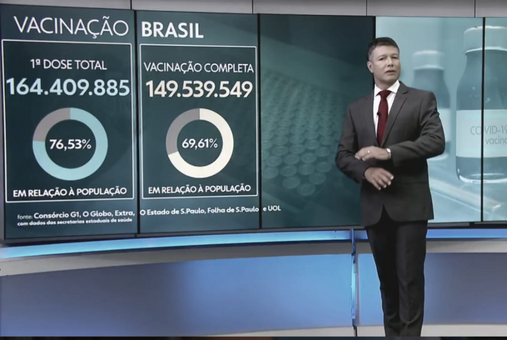
In June 2020, with Brazil rapidly accumulating cases and deaths from COVID-19, the federal government acted to hide the reality of the pandemic in the country. Six news outlets responded by establishing a consortium to release COVID-19 data. It ended in January, but leaves behind lessons on the value of transparency and collaboration.